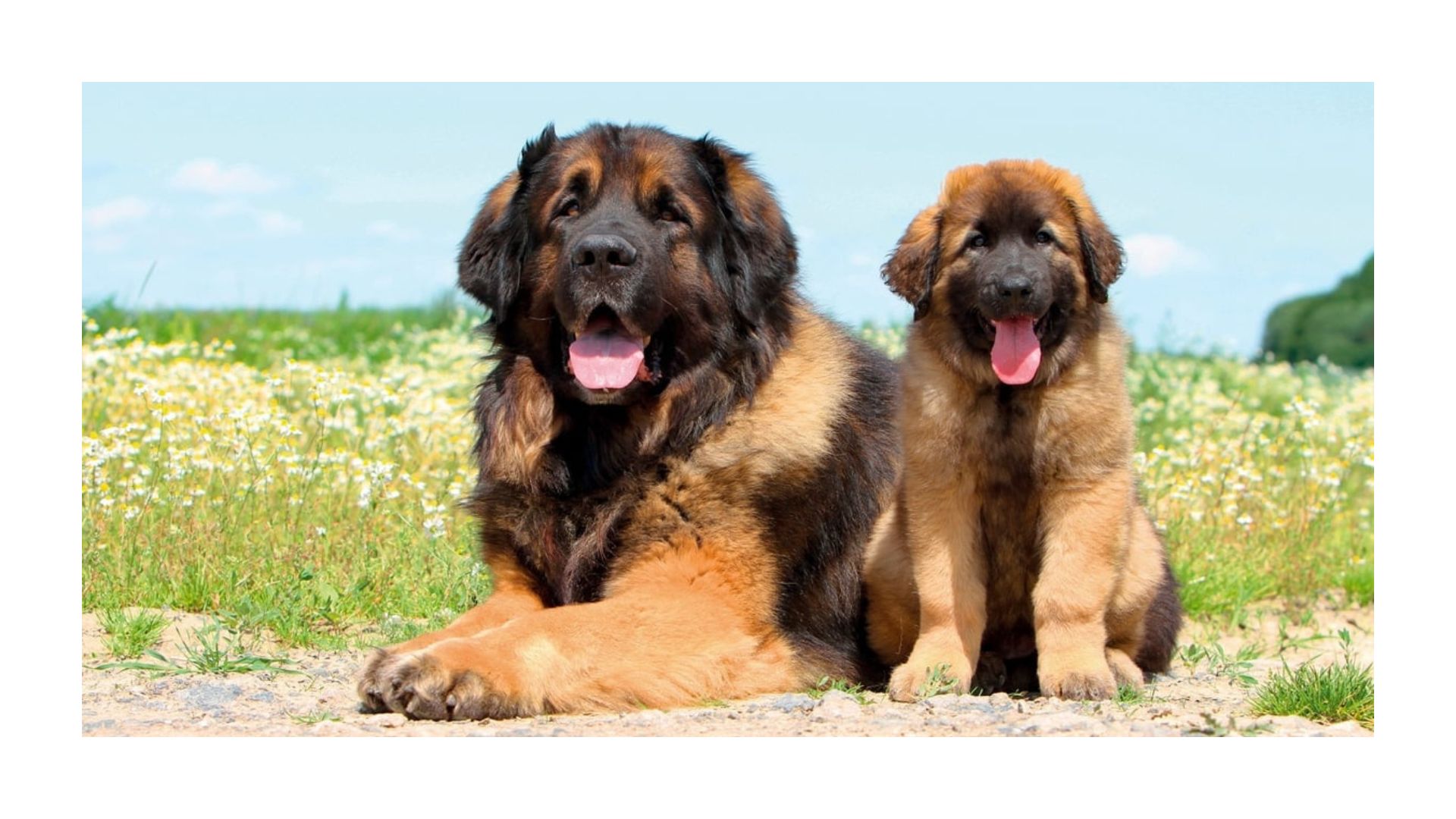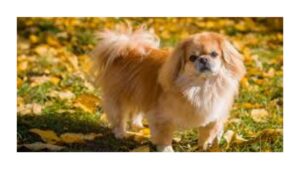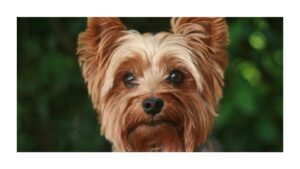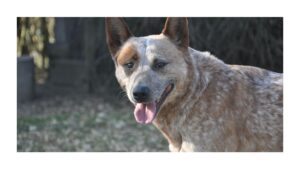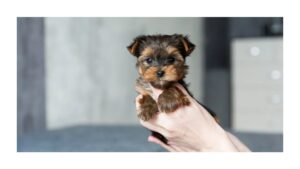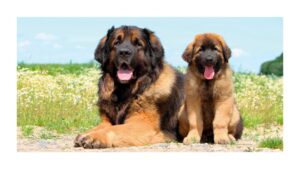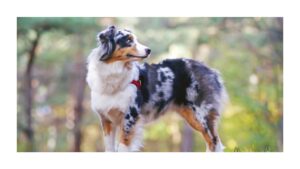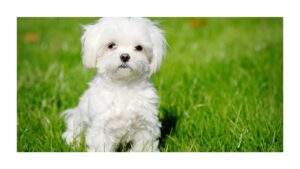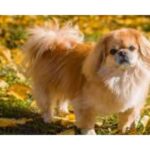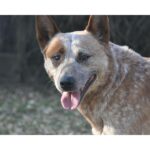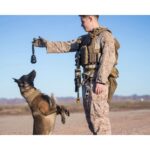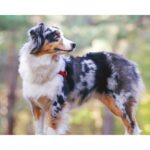Large dog breeds are often admired for their majestic size, loyalty, and protective instincts. Whether you’re considering adopting a giant dog as a family pet, working dog, or companion, understanding the characteristics, needs, and care requirements of large breeds is essential. This comprehensive guide will provide insights into the top large dog breeds, their history, temperament, exercise needs, and more. With proper care and attention, large dogs can be incredible family members and lifelong companions.
Why Choose a Large Dog Breed?
Large dog breeds often offer unique advantages compared to smaller dogs. Their size, combined with their often calm demeanor, makes them excellent companions in homes with spacious yards or larger living spaces. Many large breeds are known for their protective instincts, making them ideal choices for families seeking a guard dog or a canine protector. Additionally, large dogs are often more gentle and patient, especially when raised in a loving environment.
However, owning a large dog comes with responsibilities. These breeds typically require more food, space, and exercise. Their healthcare costs may also be higher, as larger dogs can be prone to specific health issues due to their size. Understanding these factors will help you determine whether a large dog breed is the right choice for your lifestyle.
Top Large Dog Breeds: Characteristics and Traits
Here are some of the most popular large dog breeds, each with their unique traits, histories, and care needs:
1. Great Dane
- Weight: 110–175 lbs
- Height: 28–34 inches
- Lifespan: 7–10 years
- Temperament: Friendly, affectionate, and gentle
- Notable Traits: The Great Dane is often referred to as the “Apollo of dogs” because of its incredible height and elegance. Despite their imposing size, they are known for being affectionate and often get along well with children and other pets.
The Great Dane’s history traces back to Germany, where it was originally bred to hunt wild boar. Today, these gentle giants are primarily companions. Although they are friendly and loving, their sheer size means they need plenty of space to move around comfortably.
2. Saint Bernard
- Weight: 120–180 lbs
- Height: 26–30 inches
- Lifespan: 8–10 years
- Temperament: Calm, friendly, and good-natured
- Notable Traits: Famous for their role in rescue missions in the Swiss Alps, Saint Bernards are large, strong, and incredibly gentle dogs. Their calm and patient nature makes them wonderful family pets.
Despite their size, Saint Bernards are known for being good with children and other pets. However, they require consistent grooming due to their dense coats, especially during shedding seasons.
3. Newfoundland
- Weight: 100–150 lbs
- Height: 26–28 inches
- Lifespan: 8–10 years
- Temperament: Sweet, calm, and hardworking
- Notable Traits: Newfoundlands are famous for their swimming ability and are often used as rescue dogs in water-based emergencies. They are highly intelligent, and their sweet nature makes them excellent companions for families.
These dogs thrive in cool climates due to their thick, water-resistant coats. They require regular exercise to maintain their health but are generally laid-back in terms of energy levels.
4. Rottweiler
- Weight: 85–135 lbs
- Height: 22–27 inches
- Lifespan: 8–10 years
- Temperament: Confident, loyal, and protective
- Notable Traits: Rottweilers are known for their loyalty and protective instincts. Initially bred to herd livestock and guard property, they are naturally inclined to protect their families. With proper training, they can be both loving companions and excellent guard dogs.
Rottweilers are active and intelligent dogs that require consistent training, socialization, and physical exercise to ensure they behave appropriately around people and other pets.
5. Irish Wolfhound
- Weight: 105–180 lbs
- Height: 30–34 inches
- Lifespan: 6–8 years
- Temperament: Gentle, friendly, and affectionate
- Notable Traits: The Irish Wolfhound is one of the tallest dog breeds in the world. Despite their size, these dogs are known for their calm and affectionate nature. They were originally bred to hunt large game, including wolves, and they retain their independent streak.
Irish Wolfhounds are generally healthy but can have a relatively short lifespan due to their large size. They are friendly and get along well with families and other animals.
6. Mastiff
- Weight: 120–230 lbs
- Height: 27–34 inches
- Lifespan: 6–12 years
- Temperament: Calm, protective, and gentle
- Notable Traits: Mastiffs are massive dogs with a calm and affectionate nature. Known for their protective instincts, they make excellent guard dogs. Their history dates back to ancient times, where they were used for guarding livestock and fighting alongside warriors.
Mastiffs need early socialization and training to ensure they are well-mannered, but they are typically affectionate with their family members and gentle with children.
7. Doberman Pinscher
- Weight: 60–100 lbs
- Height: 24–28 inches
- Lifespan: 10–12 years
- Temperament: Intelligent, alert, and loyal
- Notable Traits: Dobermans are energetic, intelligent, and highly trainable dogs. They are often used in police and military roles due to their alertness and protective nature. With proper training and socialization, they can be loving companions and excellent family dogs.
Despite their protective instincts, Dobermans can be affectionate with their families, particularly when raised with love and discipline.
Care and Maintenance for Large Dog Breeds
Owning a large dog breed requires a significant commitment to their care, which differs from the needs of smaller dogs in several key ways:
1. Exercise
Large dogs generally require more exercise than smaller breeds. They need regular walks, playtime, and activities to stay fit and healthy. Many large dogs are prone to obesity, which can lead to joint issues and other health problems. Ensure that your dog has ample space to run and exercise, especially if you live in an apartment or a smaller home.

2. Diet and Nutrition
Because large dogs have higher energy needs, they typically consume more food than smaller dogs. High-quality dog food formulated for large breeds is essential to ensure they receive the proper nutrients. Pay close attention to portion control to avoid overfeeding, which can lead to weight gain and joint strain.
3. Health Concerns
Large dog breeds are often susceptible to specific health issues, including hip and elbow dysplasia, heart disease, and bloat (gastric torsion). Regular veterinary checkups, a balanced diet, and moderate exercise can help mitigate some of these risks. Early detection of health problems is essential, as larger dogs may not exhibit symptoms until the condition is advanced.
4. Training and Socialization
Training large dogs requires patience, consistency, and positive reinforcement. Due to their size and strength, it’s important to start training early to establish boundaries and reinforce good behavior. Socializing large dogs with people, other animals, and different environments will help them grow into well-adjusted adults.
5. Grooming
Grooming needs vary by breed, but large dogs generally require regular brushing to maintain a healthy coat and prevent matting. Breeds with thicker coats, like the Saint Bernard or Newfoundland, will need more frequent grooming, while others may only need a few brushings per week.
Choosing the Right Large Dog for Your Family
When considering a large dog breed, it’s important to think about your lifestyle and home environment. Here are some factors to keep in mind:
- Space: Large dogs need ample room to move around, so they’re better suited for homes with large yards or open spaces. Apartments and small homes can be challenging for large dogs unless you’re committed to taking them for frequent walks and providing indoor playtime.
- Energy Level: Consider the energy level of the breed. Some large dogs, like the Border Collie, are very active and require constant mental and physical stimulation, while others are more laid-back and enjoy lounging around the house.
- Time Commitment: Large dogs often require more time and effort in terms of exercise, grooming, and healthcare. Ensure that you have the time to provide for their needs.
- Children and Other Pets: If you have young children or other pets, it’s important to choose a breed known for being friendly and patient. Many large breeds are excellent with kids, but it’s essential to socialize and train them early.
Conclusion
Large dog breeds make wonderful companions, but they come with their own set of challenges. By understanding the traits, care requirements, and responsibilities associated with owning a large dog, you can make an informed decision about which breed is best suited for your home and lifestyle. Whether you choose a gentle giant like a Saint Bernard, a protective Rottweiler, or a playful Newfoundland, a large dog can offer years of love, loyalty, and companionship.
